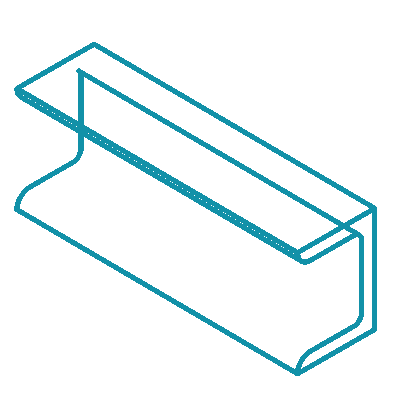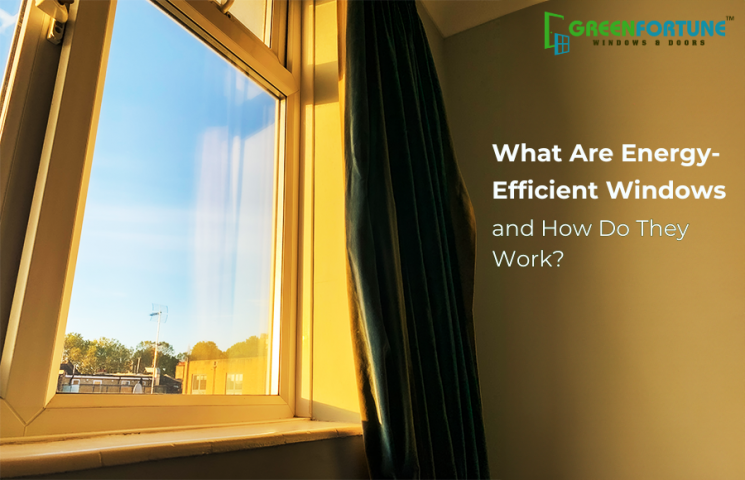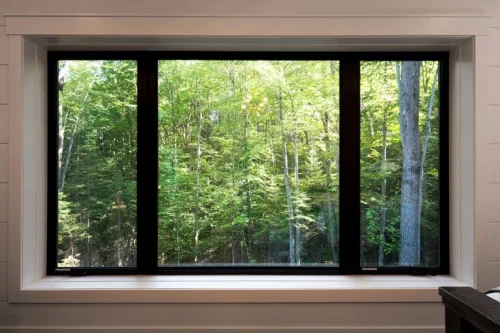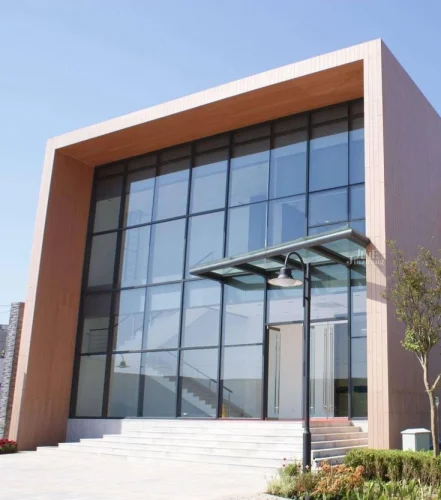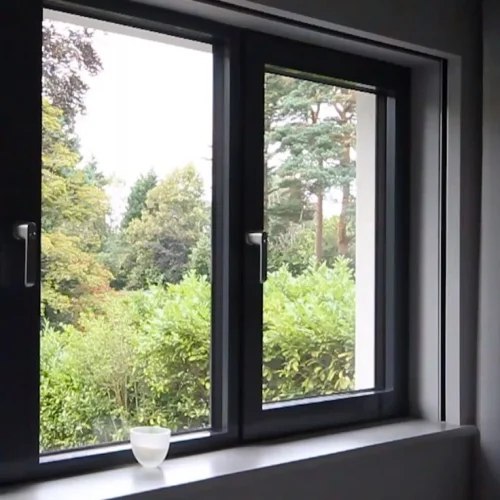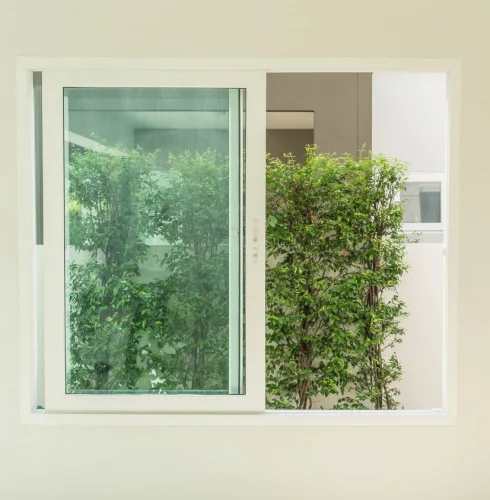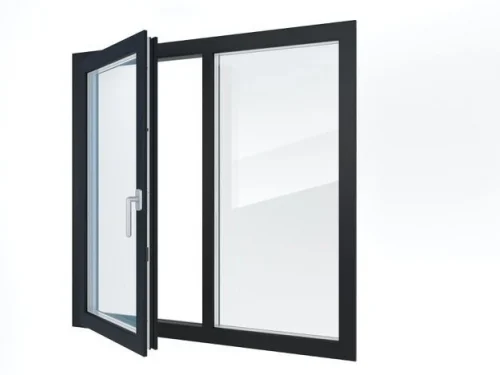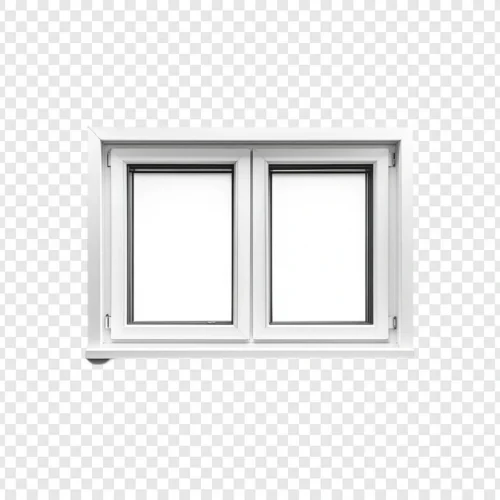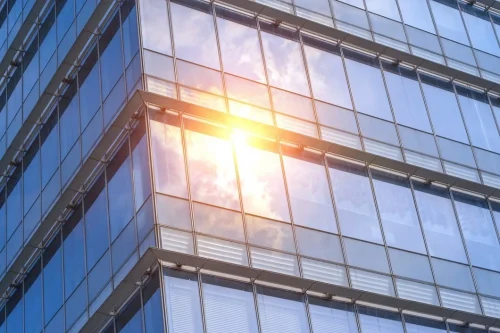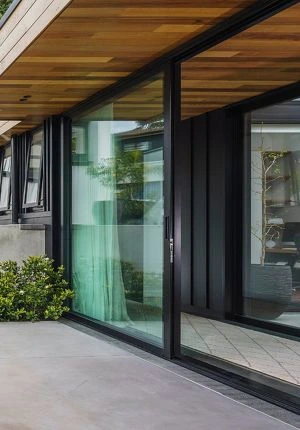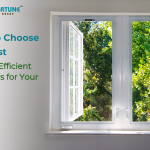
Choosing the best energy-efficient windows for your home
August 24, 2024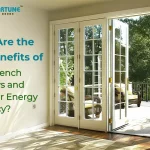
What Are the Key Benefits of uPVC French Windows and Doors for Energy Efficiency?
August 27, 2024Scorching summers and chilling winters have become increasingly common for Indians in the past decade. Such extreme temperatures are burdening homeowners with increased energy consumption to maintaina comfortablee ambient temperatures. A significant loss of energy takes place in homes from windows and doors which puts more burden on the air conditioning systems leading to high energy bills. In such cases, energy efficient windows can be helpful for home and business owners alike.
Energy-efficient windows are those that prevent the flow of hot or conditioned air out of your home, thus saving you energy costs. This will then reduce the amount of energy required thermally, which principally means reduced utility bills and a much more comfortable indoor environment.
The difference between energy-efficient windows and regular windows
Energy Efficient Windows
Energy-efficient windows are designed to have very little energy loss for added comfort and lower utility bills. Most of them often have double or triple glazing with two or three panes of glass, separated by a gap usually filled with air or some insulating gases such as argon or krypton.
These gases are much heavier than air and, hence, offer better insulation. This normally comes with low-E, a thin, metallic coating on the glass. Consequently, these reflect infrared and ultraviolet rays to keep warmth inside during the winter and out in the summer.
Regular Windows
Regular windows typically have either single panes or ordinary double-pane designs and lack all the advanced insulation technologies that are employed in making energy-efficient windows.
Normally, they have one layer of glass or two that are separated by an airspace with very minimal insulating value. Most regular windows are without Low-E coatings and gas fills, and so the result is their relatively poor thermal performance.
Key Features of Energy-Efficient Windows
Energy efficient windows have unique features that improve their performance. Let’s understand these features in detail along with how they improve energy efficiency:
Multiple Panes of Glass
Most of the energy-efficient windows have double- or triple-pane glazing, meaning two or three panes of glass. The important thing here is that the space between such layers itself serves as extra braking for the heat flow. This gap is usually filled with air and sometimes even an insulating gas, such as argon, which is much less thermally conductive compared to air.
This would significantly improve the insulating properties of a window through reduced quantities of heat that travel away in winter or enter in summer.
Low-Emissivity (Low-E) Glass
Probably one of the major highlights of energy-efficient windows is low-E glass with a special coating. It allows minimal amounts of ultraviolet and infrared light through, yet visibly does not affect the amount of light. These low-E coatings are thin, almost invisible layers of metallic oxides. That means that they reflect interior heat back into a room during winter and, in summer, reflect the heat away from a room to reduce both heating and cooling loads.
Gas Fills
Gas Fills Insulating Gases
Insulating gases meant to fill the spaces between panes in energy-efficient windows are normally either argon or krypton. These gases are much denser compared to air, providing better insulation capacity and decreasing the amount of heat transfer through a window. This increases the capacity of the window to hold temperatures inside, making energy consumption better.
Warm Edge Spacers
Spacers
Other critical features would be warm-edge spacers. These are brackets that set the panes of glass apart by the correct distance and enhance the window's insulating property. Unlike traditional aluminium spacers, warm edge spacers are made of less-conductive materials like stainless steel, foam, or fibreglass. This in turn helps reduce the amount of heat that can pass across the edges of a window, thus improving its total insulation performance.
Improved Frame Materials
Material
The other aspect that indicates efficiency in a window is its frame. Frames composed of materials like uPVC (unplasticized polyvinyl chloride), fibreglass, and wood composites offer more insulation compared to traditional aluminium frames.
Such frames do much better work by reducing thermal bridging, which happens when heat fishes through parts of the window that are considerably more conductive. The improved frame materials help a great deal in supporting the energy-efficient windows, thereby keeping your home warm during the winter and cool during the summer.
Types of Energy-Efficient Windows
Triple-Glazed Windows
The window design incorporates triple glazing: three layers of glass are separated by two insulating spaces that help to reduce heat transfer, enabling superior insulation. This design significantly enhances energy efficiency as compared to traditional double-glazed windows.
You May Also Like: UPVC Windows and Doors: A Guide to Choosing the Right Product
Low-E coated glass.
Low-E coated glass allows the infrared light to bounce back with a specially applied coating. This ensures that during winters, more heat stays inside, and during summers, it remains outside. This category of glass also blocks off the harmful UV rays to protect your furnishings from fading.
Gas-Filled Windows
These panes are also space-separated by windows, which are filled with inert gases like argon or krypton, enhancing thermal insulation. Since the gasses in question are denser than air, they would reduce heat transfer, hence enhancing energy efficiency.
Spectrally Selective Coatings
These spectrally selective coatings filter out 40-70% of the heat normally transmitted through insulated window glass and allow the full amount of light to pass. This kind of window is highly suitable for hot climates where blocking heat becomes essential.
Smart Windows
Smart windows, otherwise known as electrochromic windows, are those incorporating self-changing tint technology in reaction to electrical signals. This feature helps in controlling the intake of light and heat into the building, thus optimizing energy use.
Insulated Window Frames
Hinged windows reduce significantly high heat transfer by having insulated frames made of materials such as fiberglass, vinyl, and composite wood; most of the frames have thermal breaks added to enhance their insulating capabilities.
Solar control glass
What it does is try to reduce the amount of solar heat that goes through into a building. Solar control glass allows minimum radiation to pass through it, thus reflecting and absorbing it as such, ideal in buildings along warm climates thereby reducing the need for air conditioning in any way.
Thermal Mirror Glass
Heat mirror glass is a thin transparent film suspended between two layers of glass that provides multiple cavities for insulation without additional weight due to powerful thermal performance.
Benefits of Energy Efficient Windows
Lower Energy Bills: Since they demand much less heating and cooling, these windows lower your energy consumption and save you money on energy bills.
More comfort: They help keep your house at a consistent temperature, so you can say goodbye to drafts and hot or cold spots.
Decreased Condensation: Higher insulating properties lower the likelihood of condensed moisture on the inside of windows.
Environmental Impact: Lower energy use will entail lower greenhouse gas emissions, which are friendlier to the environment.
Conclusion
Therefore, the installation of energy stars for windows is a wise investment not only for the homeowner but also for the far-reaching benefits to the environment. Windows will provide better insulation, decrease energy costs, and contribute to a comfortable living environment.
Discover GreenFortune, Your Partner in Quality uPVC Windows and Doors
At GreenFortune, we are proud to offer high-quality uPVC French doors at affordable prices in India.
Contact us to find out more about the best UV protection uPVC window that we offer. Whether you are renovating your existing home or building a new one, partner with us to elevate the comfort levels and energy efficiency in addition to the style quotient of your space provided by our superior-quality uPVC windows.
Frequently Asked Questions
What makes a window energy-efficient?
Energy-efficient windows have several panes, usually two or three, including a Low-E coating and an argon or krypton fill of gas between the panes. These features help reduce heat transfer across these windows improving their energy efficiency.
How can the use of low-E coated window panes help in developing energy efficiency?
Thin, invisible layers of metallic oxides applied to the glass result in low-E coatings. These reflect infrared light, helping interior heat stay inside during the winter and preventing its entry inside through windows from outside in the summer.
Will energy-efficient windows help reduce your energy bills?
Yes, energy-efficient windows do reduce energy bills to a great extent. Due to reduced heat transfer and improved insulation, such types of windows bring down the heating and cooling effect to a minimum, reducing energy consumption and costing the consumer less money.


